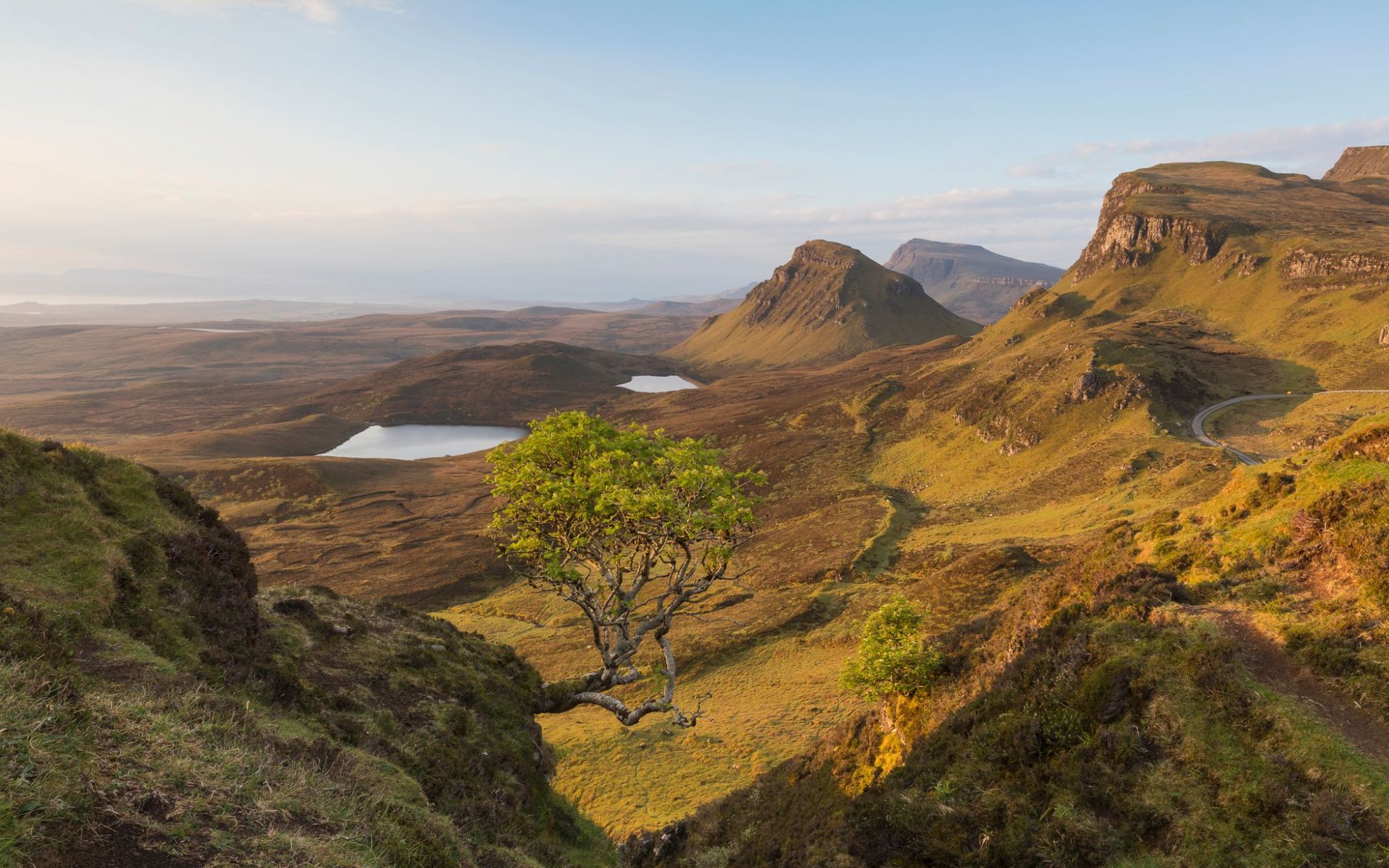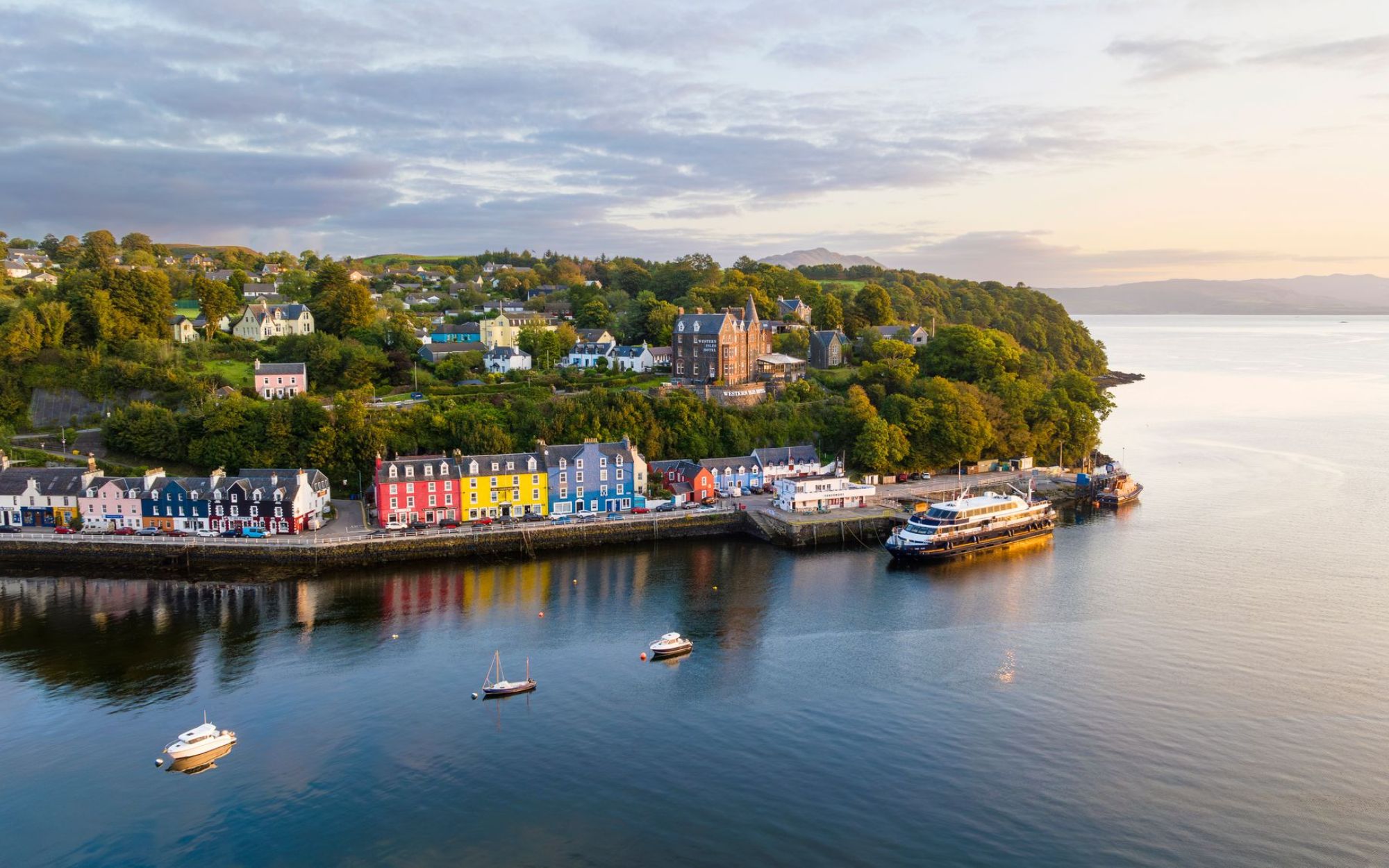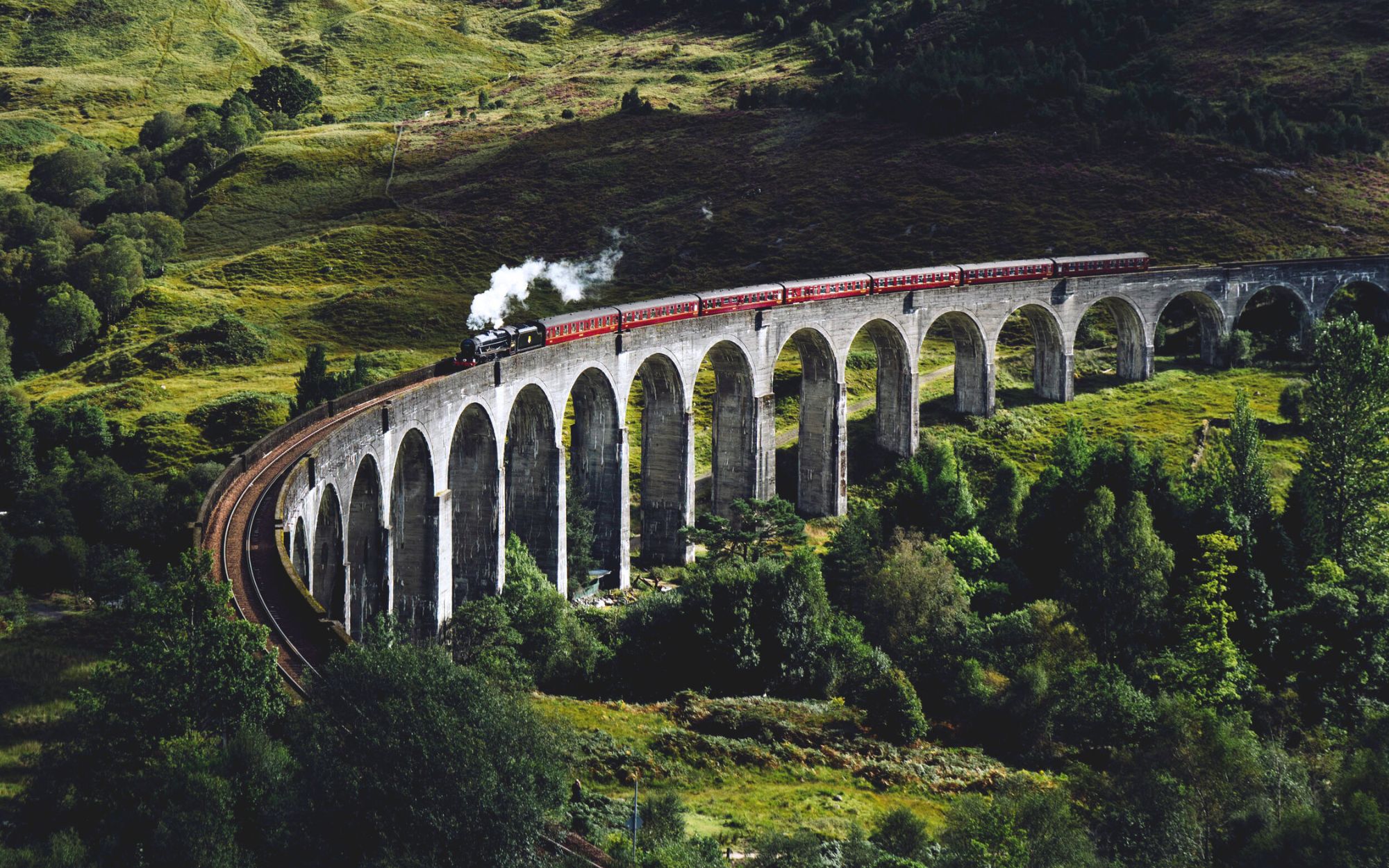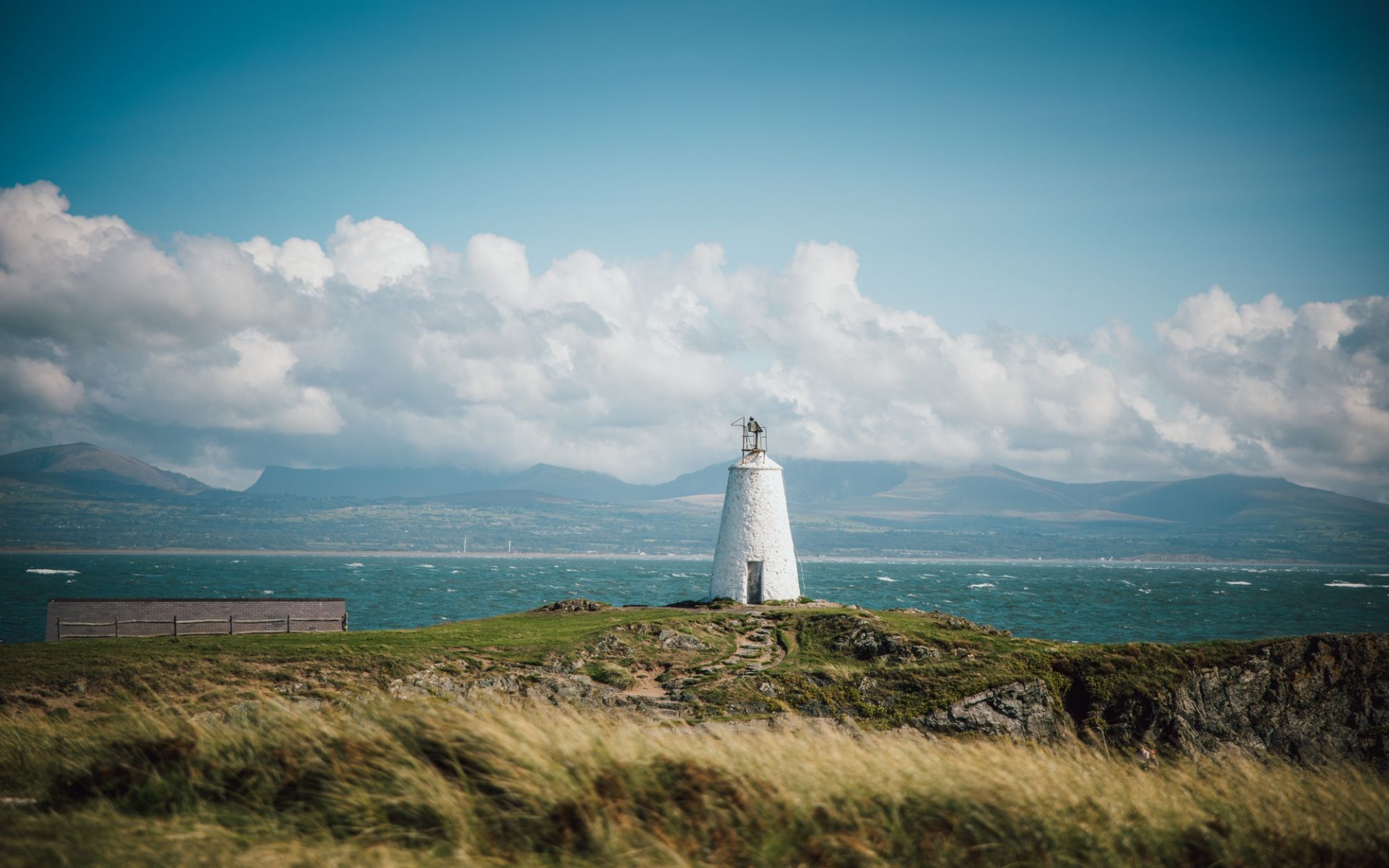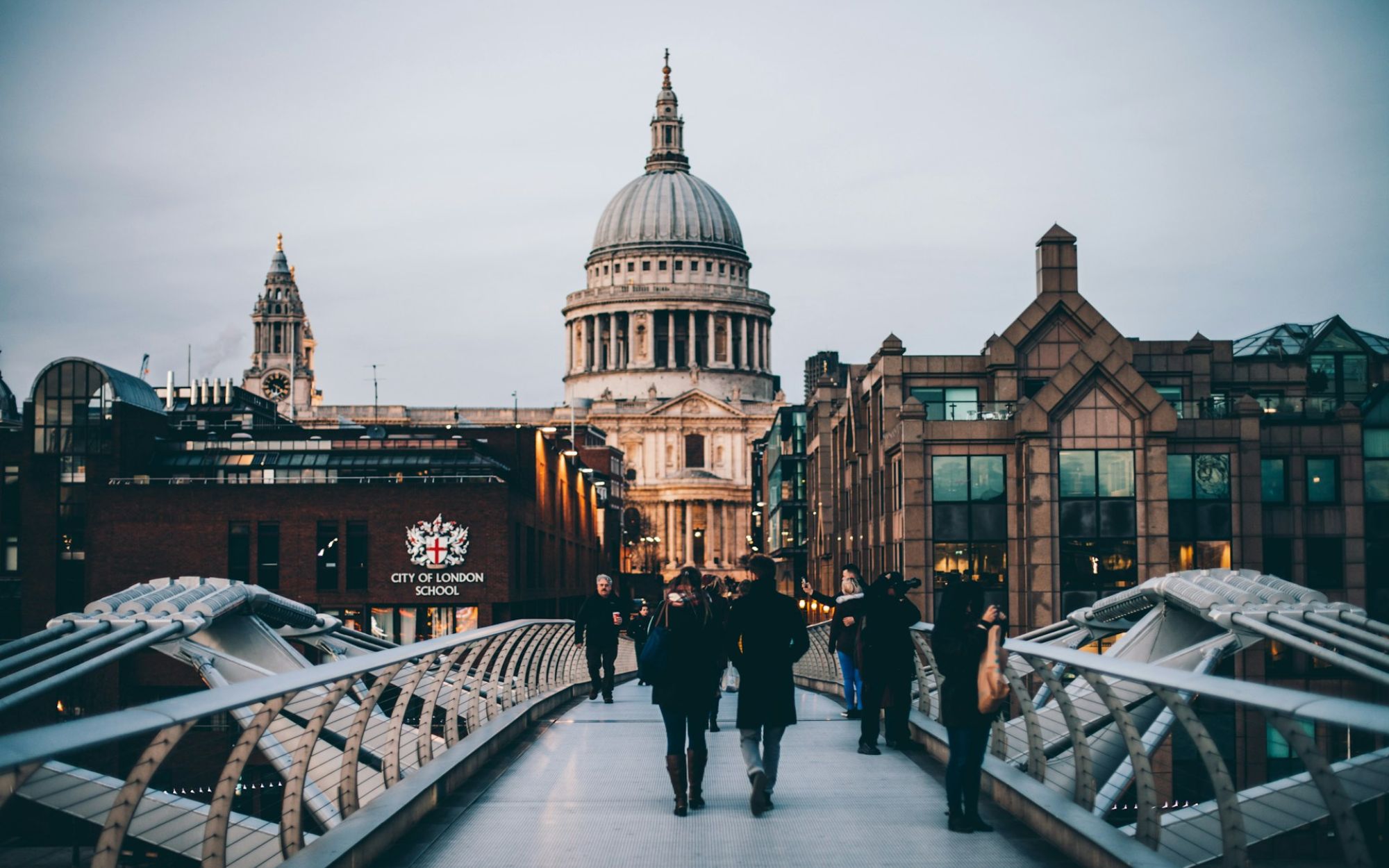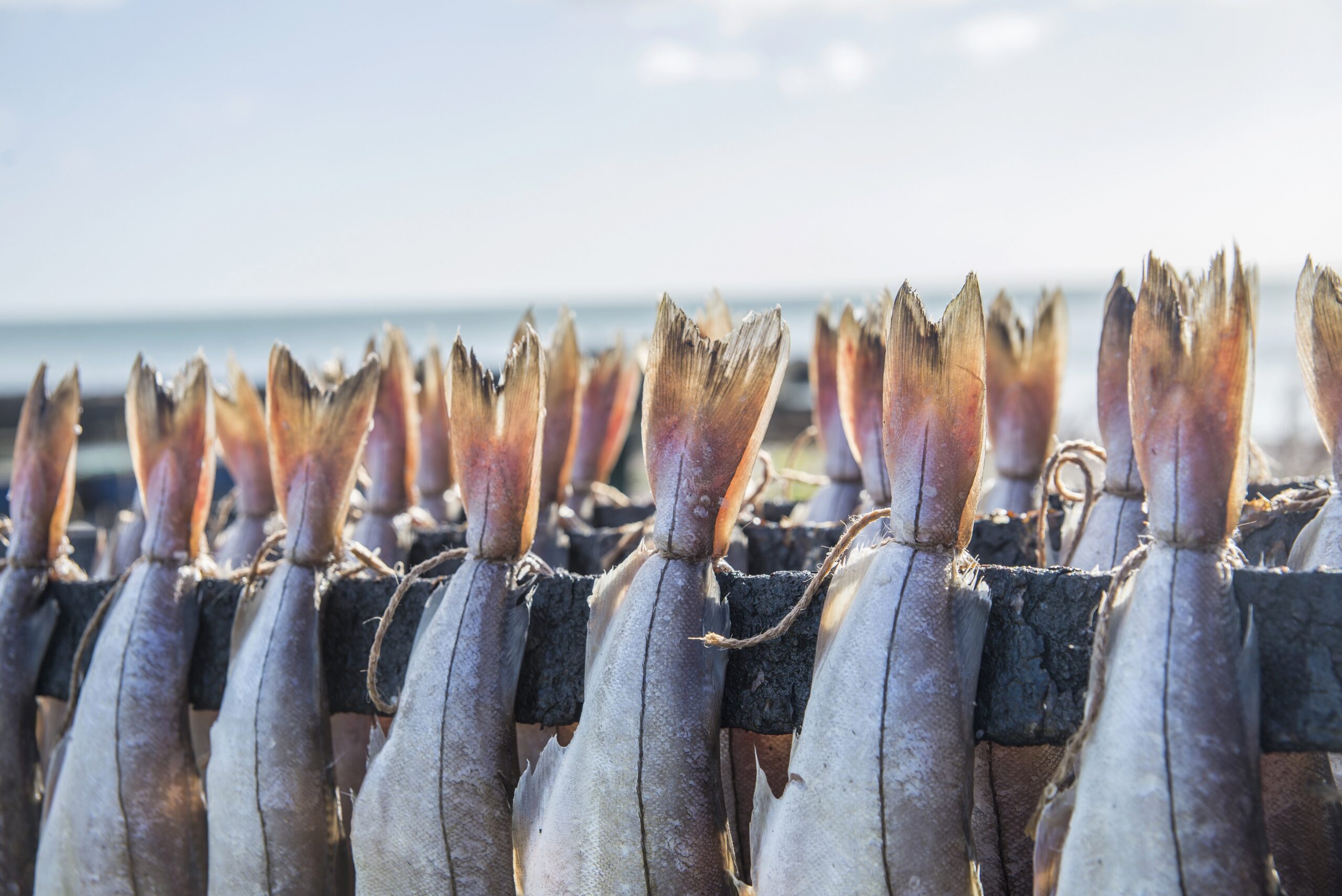
Travelling to Scotland: your complete guide
Scotland, a land of mystery, legends and stunning natural beauty, has always been a destination of choice for travellers seeking authenticity. In this comprehensive guide, we invite you not only to discover the rich history and culture of this nation, but also to plan your trip to Scotland effectively. Dedicated chapters will help you explore the region’s special features, whether you’re hiking through the highlands or enjoying a slice of haggis.
In the following lines, we’ll show you why it’s imperative to visit Scotland and how to immerse yourself in its past to appreciate its full depth. We’ll guide you through the preparation of your trip, from the administrative formalities to the design of your itinerary. For nature lovers, a section will be devoted to preparing your hike, not forgetting our advice on how to enjoy this journey without breaking your budget. Finally, you’ll be able to salivate over the local gastronomy and emblematic drinks, before ending with a selection of sites not to be missed. Let’s embark on this Scottish adventure together!
📌 All you need to know about the ETA (to travel to the UK from 2025)
Our great Scottish trips...
History and culture: why visit Scotland?
A deeply rooted historical cradle
Scotland’s history and culture make it a land of legends, where every stone and glen seems steeped in history. From the days of the mysterious Picts to the Jacobite rebellion, via the wars of independence against England, the country offers a journey through time. The castles dotting the landscape – such as the majestic Edinburgh or the romantic Eilean Donan – are silent witnesses to centuries of conflict and splendour. Visiting Scotland also means discovering archaeological sites such as Skara Brae or the Standing Stones of Callanish, which evoke a fascinating prehistory still full of enigmas.
Scotland’s cultural wealth
Beyond its tumultuous past, Scotland has a strong cultural identity. The bagpipes, an emblematic instrument whose melancholy sounds resonate during traditional festivities such as the Highland Games, give the country a unique atmosphere. Scottish literature is no exception, with illustrious figures such as Robert Burns and Sir Walter Scott capturing and transmitting the essence of local folklore. Modern festivals such as the Edinburgh Fringe continue to showcase the country’s artistic vitality. So, immersing yourself in Scottish culture means experiencing a rich tapestry of living, vibrant traditions that coexist harmoniously with modernity.
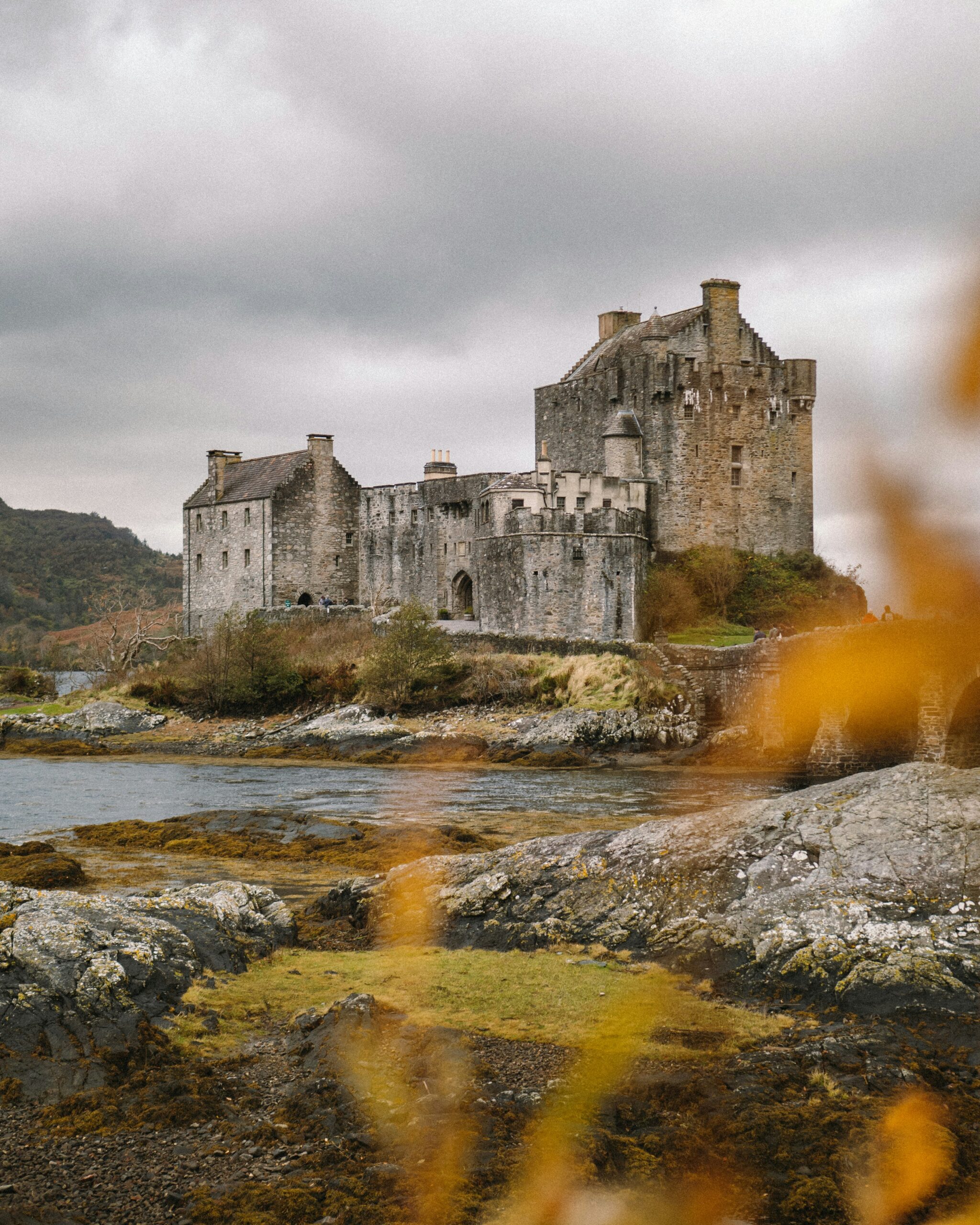
How to prepare for your trip to Scotland
Necessary documentation and formalities
The Scottish adventure begins long before you set foot in the Celtic lands, when it comes to gathering the documents you need for a hassle-free stay. Check the validity of your passport, as you’ll need one to enter the UK. What’s more, since Brexit, it’s a good idea to keep up to date with any changes to the conditions for entering the UK. You should also make sure you have adequate travel insurance to cover any unforeseen medical or luggage problems. Ask our team for advice!
Choosing the best time to go
Scotland takes on different guises depending on the season, and each period has its charms as well as its hazards. Summer, with its long, sunny days, is ideal for enjoying festivals and lush green landscapes, but be prepared for a greater influx of tourists. Spring and autumn, on the other hand, offer a shimmering palette of colours and an appreciable tranquillity. Lovers of solitude and wintry landscapes will opt for a winter holiday, despite the shorter days and harsher climate.
Organising your itinerary
Planning your itinerary is a delicate art, combining the desire to escape with logistical constraints. Take the time to study a detailed map of the country to identify the sites that most appeal to you: castles haunted by history, ancestral distilleries or national parks with breathtaking panoramas. Remember to vary the pleasures between dynamic cities such as Glasgow or Edinburgh and natural havens such as the Hebrides Islands or the Cairngorms National Park. The key is to strike a balance between urban exploration and communion with the Scottish wilderness.
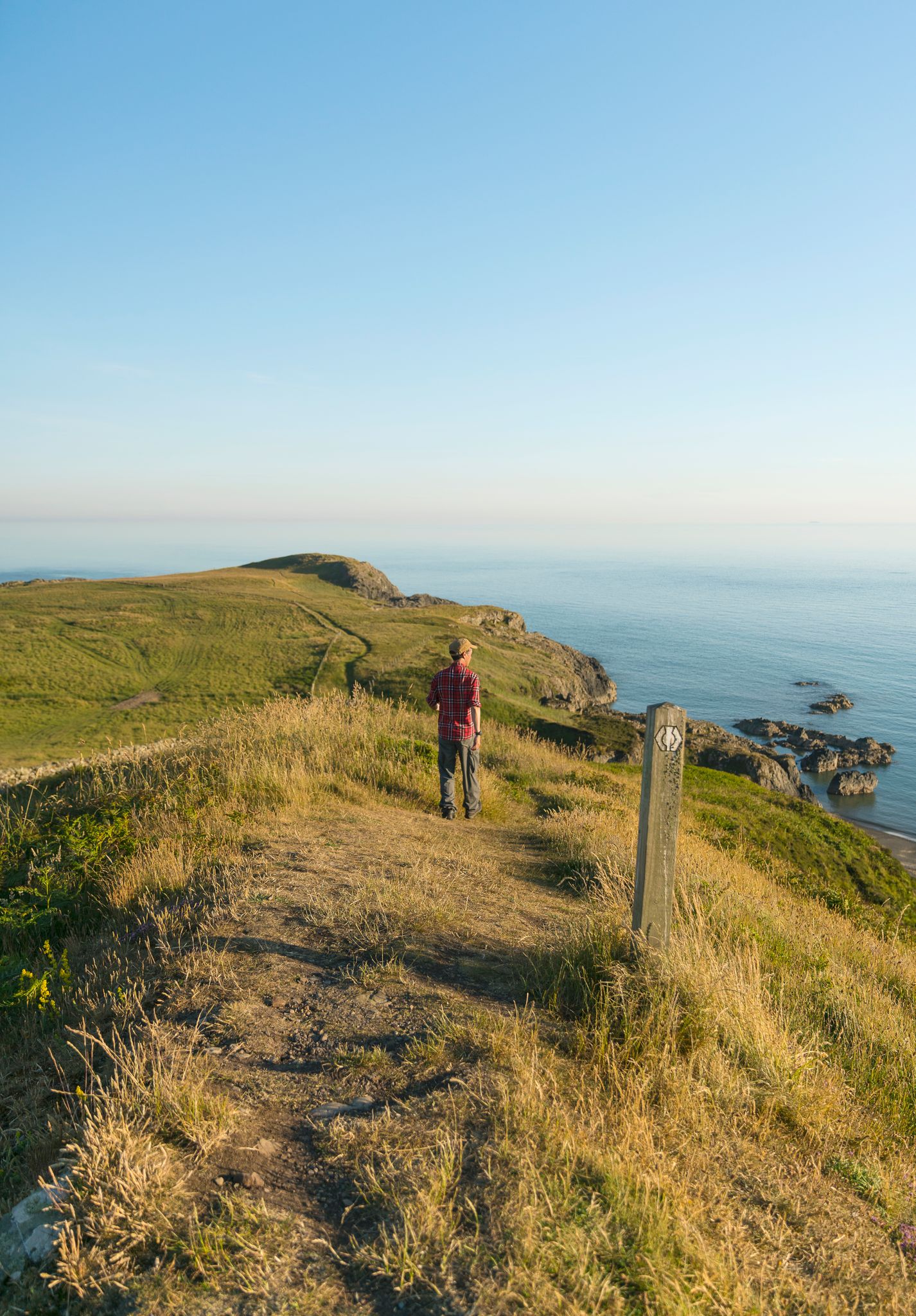
How should you prepare for a hike in Scotland?
Essential hiking equipment
When venturing into Scotland’s enchanting landscapes, it’s vital to be properly equipped. Scotland’s naturally fickle weather means you need the right clothing. A waterproof, breathable windbreaker will be your best ally against impromptu showers, while sturdy hiking boots will keep you safe on rugged paths. If you’re wondering how to prepare for a hike in Scotland, don’t forget to pack extra layers to protect yourself from the cold, which can set in quickly, especially at altitude. Here are a few essentials to pack in your rucksack:
- A waterproof and windproof jacket;
- A fleece or thermal garment for insulation;
- A hat and gloves, even in summer;
- A cap or hat to protect you from the sun;
- A topographical map and a compass or hiking GPS.
Choose your route according to your level
Scotland offers a wide range of walking routes, from gentle strolls to demanding climbs. Before setting off, make a thorough assessment of your physical condition and choose a route that matches your abilities. Novices can start by exploring the Fife Coast Path or the gentle hills of the Trossachs, while experienced walkers can take on the challenge of the West Highland Way or climb the steep munros. For each route, find out about its length, gradient and terrain.
Safety tips and orientation
The rugged beauty of the Highlands can sometimes mask its potential dangers. Good preparation is therefore essential to ensure your safety when hiking in Scotland. Make sure you tell someone about your route and always plan to return before dark. Keep a comprehensive first-aid kit to hand and learn to use a map and compass correctly; GPS signals are not always reliable in remote areas. Finally, always respect the local wildlife and don’t underestimate the changeable weather: check the weather forecast before each outing.
Tips for travelling in Scotland on a budget
Budget accommodation and transport
Scotland, with its breathtaking scenery and rich culture, can also be a destination for travellers on a budget. For accommodation, consider youth hostels, B&Bs (bed and breakfasts) or even wild camping, which is permitted in most places under the “Right to Roam scheme”. When it comes to transport, tips for travelling in Scotland on a budget include using local buses or car-sharing to cover long distances more cheaply. Rail passes such as the ScotRail Pass can also be an economical option if you’re planning several train journeys.
Good ideas for affordable meals and activities
Scottish cuisine is a must during your stay. However, eating out can quickly put a strain on your budget. So opt for picnics using produce bought in local markets or try the takeaways, which often offer hearty dishes at reduced prices. As for activities, Scotland is full of free museums, picturesque walking trails and historic sites with no entrance fees, such as the majestic cathedral of Saint Andrews or the famous Loch Ness.
Using tourist passes and discounts
To enhance your Scottish experience without emptying your wallet, check out the tourist passes available. The Historic Scotland Explorer Pass offers unlimited access to a number of historic sites over a given period. Similarly, keep an eye out for any student cards or discounts linked to your status (senior citizen, child), which could significantly reduce your cultural expenses. Finally, don’t hesitate to ask locals for their tips on travelling in Scotland on a budget; they are often delighted to share their good tips with visitors keen to explore their country.

Scottish cuisine: what must you try?
Culinary specialities not to be missed
Scottish cuisine, rich in flavour and history, is a veritable feast for the taste buds. Among the must-tries is haggis, the stuffed sheep’s stomach that reigns supreme on Scottish tables. Although it may sound a little daunting to describe, haggis has a unique flavour with just the right amount of spice. Accompanied by ‘neeps and tatties’ (turnips and potatoes), it’s an iconic dish that’s a must-try. For those with a sweet tooth, the Scottish tablet, a melt-in-the-mouth confection with hints of caramel and butter, promises an exquisite taste experience.
Don’t miss the Cullen Skink, a creamy smoked haddock soup from the coastal village of Cullen. This comfort food is perfect for warming up after a day spent exploring the windswept moors. Finally, for a quick snack or lunch on the go, nothing beats a bridie – a puff pastry filled with meat and onions – which can be enjoyed in one of the many local bakeries.
Traditional Scottish drinks
Scotland is synonymous with whisky – or ‘uisge beatha’ in Scottish Gaelic, meaning ‘water of life’. This world-famous spirit is well worth a visit to a distillery, where you can discover the subtleties of malting and distillation. Each region has its own specific characteristics, which are reflected in their whiskies: from the peaty whiskies of Islay to the fruity whiskies of Speyside.
But whisky isn’t the only drink on offer; Irn-Bru, a bright orange soda with a distinctive flavour, is considered the national non-alcoholic drink. As for lovers of hot brews, they will be delighted by traditional Scottish tea, often accompanied by a soft scone or crispy shortbread. So, armed with the essential culinary knowledge, you’re ready to plunge into the gustatory adventure offered by Scotland, with its specialities that delight as much as they surprise.
Scotland: what are the must-see places to visit?
Iconic cities and their attractions
In the vibrant heart of Scotland, its iconic cities reveal a charm that harmoniously blends heritage and modernity. Edinburgh, the capital, welcomes us with its famous castle perched on a volcanic hill, a veritable stone sentinel overlooking the city. Stroll along the Royal Mile and lose yourself in the winding lanes that tell the story of centuries of history. Then it’s on to Glasgow, where Victorian architecture rubs shoulders with avant-garde buildings by contemporary architects such as Zaha Hadid. The arts scene is vibrant, with modern art galleries and renowned concert halls.
Natural landscapes and historic sites
The wonder continues beyond the cities, with landscapes that seem to have stepped straight out of a romantic painting. The Highlands unfold their wild expanses where morning mists kiss the peaks. The mysterious Loch Ness invites contemplation, but also the legend of the famous monster hidden in its dark depths. To get a real feel for Scotland’s thousand-year-old history, a visit to the battlefield of Culloden will plunge you into the epic tales of the Highland clans. And to fully immerse yourself in Scotland’s natural majesty, a cruise to the Orkney or Shetland Islands offers an unforgettable spectacle, with their sheer cliffs populated by an abundance of marine wildlife.
Other great trips that you might like...

